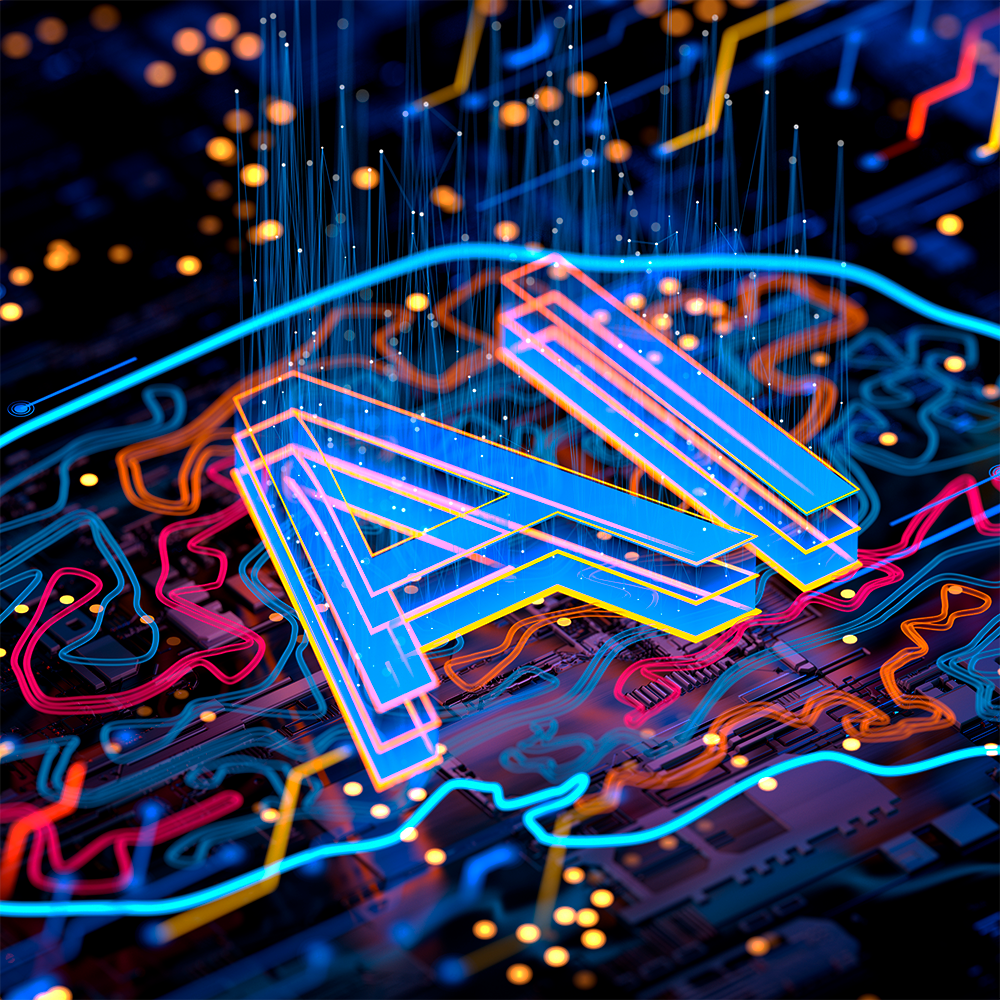In recent years, AI has received increasing attention and use in a variety of tasks, including writing. AI refers to computer programs or algorithms that can learn and perform certain tasks autonomously without human guidance. AI can be a useful tool for writing, as it can speed up the completion of writing work and reduce the number of errors made by humans.
One example of the use of AI in writing is the use of language processing technology for proofreading and correction. AI can identify grammatical errors, such as incorrect verb tense or pronunciation, and offer suggestions for correction. This can be particularly useful for students or professional writers who want to improve the quality of their text and avoid basic errors. AI can also analyse the text and offer suggestions to improve the content, such as adding examples or adding explanations.
Another use of AI in writing is to create or write text. AI can use previous texts and knowledge to learn how to create new content around a particular topic. This can be useful for writing news or articles, for example, as AI can create text faster and more efficiently than humans.

However, it is worth noting that AI cannot yet fully replace human writing or thinking. Its ability to create new content is limited and it cannot understand text in the same way as a human. Therefore, AI may not be able to produce quality content.
AI is changing our relationship with text
The text above is an unedited text written by the ChatGPT AI with the input “Write an essay on the use of AI in writing”. Did the machine’s influence show in the text? I bet most people didn’t think they were reading a text written by AI. Or wouldn’t have thought about it a few months ago.
Our relationship with texts is changing in a historic way. It all started at the end of November 2022, when ChatGPT, developed by OpenAI, was released for open use. The new AI quickly became a global talking point, and for good reason. ChatGPT promises much and delivers almost as much. You can give it the framework of an article draft or a social media update to chew on and it will churn out near-perfect text in no time.
From a text producer’s point of view, ChatGPT seems like a miracle. And from the perspective of many others: in its first week, ChatGPT attracted one million registered users. A few days after its launch, The New York Times, for example, was quick to declare ChatGPT the best AI-based chatbot in the world (1).
ChatGPT is based on statistical probabilities and machine learning. The AI algorithm thus constructs sentences and paragraphs word by word by deducing which word is most likely to match the text above, based on a huge amount of data. The algorithm is also constantly evolving and learning to become a better guesser. With this approach, ChatGPT performs certain types of typing tasks quite well. For example, writing or at least sketching a newsletter can be done quickly on the basis of a few French lines.
Of course, ChatGPT can be wrong – you can ask it questions, but the responsibility for the accuracy of the answers lies with the human. It also relies on a database that is disconnected from the internet and is extending to 2021.
ChatGPT is neither the first nor the most advanced AI, but making it available to all has made ChatGPT largely synonymous with machine intelligence. The role of a semi-finished algorithm is first and foremost to show the general public what is possible with AI but not yet satisfactorily accessible in all respects.
ChatGPT: Most successful marketing effort of the year
Even with its shortcomings, ChatGPT has been quite a catalyst for the debate on the potential of AI. The worldwide buzz around machine intelligence is raining down directly on OpenAI – in fact, the release of ChatGPT is one of the biggest and most successful marketing efforts of 2022.
ChatGPT is neither the first nor the most advanced AI, but making it available to all people has made ChatGPT largely synonymous with machine intelligence. The role of a semi-finished algorithm is first and foremost to show the general public what is possible with AI but not yet satisfactorily available in all respects. Many of the shortcomings of the current ChatGPT will soon be remedied, as OpenAI is developing a new, much more capable GPT-4 AI algorithm.
And as noted, OpenAI is not alone in developing AI suitable for content production. Google’s LaMDA AI is also reportedly capable of similar tasks (2) LaMDA has not yet been released for open use, but it is unlikely to be long before it is launched. And no doubt similar AIs will become available from others.
Machine writes, human creates
We can already see that our relationship with the text has changed. At first glance, we can no longer be sure whether the text we are reading is written by a machine or a human. When a machine can perform a variety of typing tasks in a matter of seconds, we come to the big questions. Is writing just a language game stuck in a formula that can be modified and replaced by algorithms? Is it really the case that all it takes to produce quality writing is constant referencing and reordering of previous text material?
Or is writing essentially something else entirely? Is writing thinking, synthesising, finding surprising perspectives? Creating something new and planning the big picture as part of other communication.
That’s what I’d like to believe. Not only in terms of the relevance of the content, but also in terms of the pure form, we writers have a few aces up our sleeves. Fuzzy logic and inexplicably satisfying word choices, rule-breaking sentence structures and other linguistic oddities are our human strengths that make texts more interesting. The machine does not seem to succumb to a lopsided rosiness.
As ChatGPT wisely pointed out at the beginning of this article: AI may not be able to produce quality content and replace humans.
Before that, though, the machine said: yet.
Sources:
- The New York Times: The Brilliance and Weirdness of ChatGPT. https://www.nytimes.com/2022/12/05/technology/chatgpt-ai-twitter.html
- LaMDA: our breakthrough conversation technology. https://blog.google/technology/ai/lamda/
Tulus will also support you in the use of AI!









